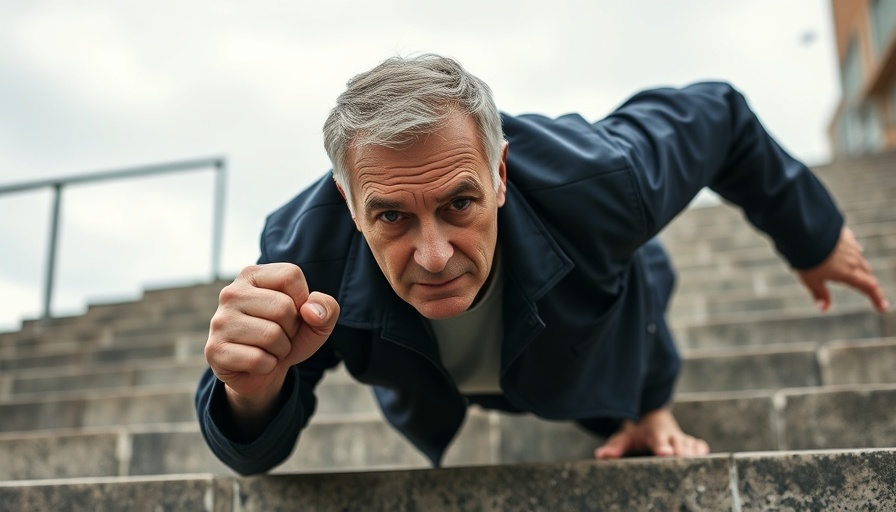
Unlocking Flexibility: The Five-Second Test You Can’t Afford to Ignore
If you’re over 50, you might think that flexibility is just something you lose with age, but that’s not entirely true. In fact, it’s often the neglect of movement and exercise that leads to stiffness, especially in the hips, hamstrings, and lower back. Fortunately, a simple five-second toe touch can shed light on your flexibility and overall mobility, showcasing how you compare to your peers.
The test is straightforward: can you touch your toes without pain or discomfort? According to experts, this surprisingly simple move can tell you a great deal about your body’s health. Those who can pass this test display an impressive level of flexibility, showing that they’ve maintained or even improved their range of motion through intentional movements.
The Test: A Simple Yet Effective Measure of Flexibility
Performing the standing toe touch test doesn’t require any fancy equipment or extensive warm-up. What you need is focus and control. Here’s how to do it:
- Stand tall with your feet together and knees straight.
- Engage your core and slowly hinge from your hips, reaching your hands towards your toes.
- Hold this position for five seconds without bouncing or bending your knees.
- Ensure your spine is elongated and your breathing is steady.
If your fingers touch the floor (or at least your toes) during these five seconds without pain or strain, you’ve successfully demonstrated that your body is bending and moving at its best.
What Your Results Might Say About You
Touching your toes not only indicates flexibility but also reveals the health of your hamstrings, spine stability, and hip hinge mechanics. Successfully passing this test reduces joint strain and enhances your performance in daily activities—from squatting to reaching for something on a shelf.
On the flip side, if your fingertips barely reach your shins or hover around your knees, this could be a red flag indicating a loss of mobility. This might stem from a sedentary lifestyle or a lack of focused movement practices. Recognizing this can provide you with a clear guide on where to improve.
Harnessing the Power of Mobility: Steps to Improve Your Flexibility
If you find that you didn’t pass the test, don’t worry; there are practical steps you can take to improve your flexibility. Begin with simple daily hamstring stretches and gradually integrate movements that challenge your hips and core. Yoga and Pilates can also add valuable elements to your routine, enhancing your flexibility, strength, and mental focus.
Moreover, don't shy away from consulting fitness trainers or physiotherapists to guide you on your journey. They can offer tailored programs that meet your specific fitness levels and challenges.
Making Flexibility a Priority
In the hustle of daily life, it’s easy to overlook the importance of maintaining flexibility as we age. The good news is that with intentional practice, you can not only regain mobility but also prevent injuries associated with stiffness. Movement allows your muscles and joints to function without pain, and as new research supports, aged muscles can still grow stronger.
Keeping active not only enhances your physical abilities but also boosts your mental health, allowing you to enjoy life more fully. The value of this five-second test is simply to remind you of the strength that intentional movement can provide.
Why You Should Take Action Now
The bottom line is this: flexibility does not have to fade with age. Consider incorporating short mobility breaks into your daily routine. Whether it's stretching between activities or dedicating short sessions each week to improve your flexibility, it’s time to invest in your health. So grab your mat, clear a space, and start making movement a priority in your life today!
 Add Row
Add Row  Add
Add 







Write A Comment